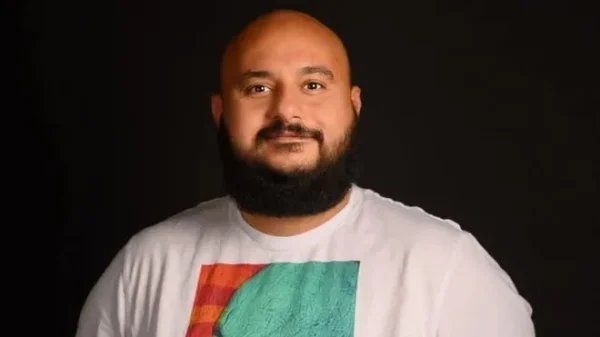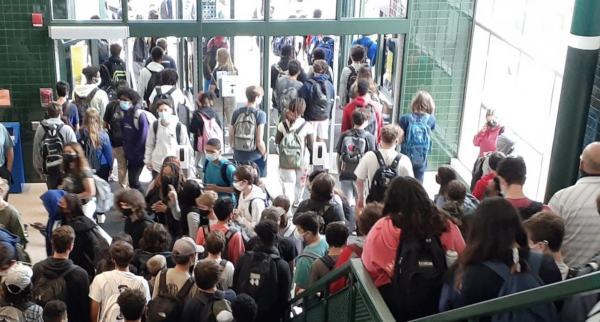Native American Heritage Month: Issues Native People Are Facing
November marks Native American Heritage month, a nationally recognized celebration of indigenous peoples and their culture, from their traditions and histories, to their contributions and accomplishments. This month promotes raising awareness about the diversity of different native tribes, especially in the United States. It is also to educate the public about issues that native people have faced and continue to face in today’s climate.
The late fifteenth century, when Columbus first landed in America, marked the start of centuries of injustice and cruelty towards native populations. Natives were forced to work as slaves in unimaginable conditions and had their land completely stripped away from them. Even today, native people still face countless challenges, many that go unnoticed by the public and, oftentimes, the government as well.
One of the major crises that indigenous peoples are currently facing are housing and food insecurity. Many native populations live on reservations, which are areas of land appropriated to certain tribes by the United States government. Most of these policies were put into effect in the mid 1800s, and the reason for this dates back to European settlement of the United States. Essentially, native people were forced to move onto small plots of land whilst their land was taken by European colonists. These reservations are often in rural areas, where it is difficult for native people to get access to basic necessities, such as water and food. Prices of basic grocery items on reservations tend to be significantly higher than in other areas of the country. An indigenous influencer (Shinanova) on TikTok shed light on some of the prices that indigenous people have to pay to put food on their tables, including $14 for a container of strawberries or $16 for a bottle of ketchup, which is absurd. Bottled water can be even more expensive, with some communities being forced to pay $36.49 for a single pack. The current economic crisis has also contributed to these high prices. “Since COVID happened, there’s really been nothing going on in terms of help,” says Jericho Anderson, a 21-year-old native who has turned to TikTok to create a platform for awareness on issues concerning the native community. According to Move For Hunger, indigenous rates of food insecurity are three to four times the average in America. This persisting problem has led to increasing rates of food poverty in native communities, which has only increased in the aftermath of the COVID-19 pandemic.
Additionally, Native American children and teenagers have much lower graduation rates than nearly every other ethnic group. This is often attributed to poor government funding for schools on reservations and education systems that do not accommodate the needs of students. A lack of resources in schools also contributes to this issue. According to data collected from the Postsecondary National Policy Institute, only about 17% of Native American students continue their schooling after high school, compared to the national average of about 60%. In addition, recent statistics show that 29% to 36% of Native American students dropout of school, most from grades 7-12. Despite a government treaty being put into place to ensure that the government will fully operate and fund native schools, most native schools still do not meet national standards.
A third issue concerns increasing violence towards indigenous women and girls. On reservations, female Native Americans face physical, emotional, and sexual violence, many on a daily basis in their households. According to the Department of Justice, 84% of Native American women have reported experiencing violence in some form throughout their lives. Native American women and girls are also murdered ten times more than in other ethnic groups. This has contributed to a movement known as the Missing and Murdered Indigenous Womens Movement (MMIW). It is a term used to refer to the alarming rates at which native women have gone missing or been killed on reservations, which has been labeled an epidemic. According to Native Women’s Wilderness, most of the perpetrators of these crimes are not native people. Due to the justice systems on many reservations, non-tribal perpetrators are dealt with differently, and in many cases, are able to walk free. Tribal courts tend to handle more lower-level cases, whilst the federal courts handle more serious cases. Oftentimes, however, federal courts do not properly handle cases concerning native women. According to Jerry Gardener from the Tribal Law and Policy Institute, “One of the basic problems is that not only are they declining to prosecute cases, but we are not getting a reason or notification for the declination [to prosecute cases concerning native women].”
These are only a select few of the many issues that Native Americans face. However, there are things that you can do to help. Firstly, you can spread awareness through social media or through discussion with friends and relatives. You can also be an advocate for Native American rights and bring attention to the crises currently happening in those communities. You can also support Native American-run organizations, such as Native Women’s Wilderness, The National Indian Education Association, and the National Congress of American Indians (NCAI) through donations and awareness. Native American awareness should not be limited to November; these are issues that need to be advocated for current and future generations. These communities are being severely impacted, and it is up to us to bring attention to these issues and to make Native voices heard, after all, they are Americans…the first ones to be here.
=
Sources:
https://www.diversityinc.com/the-biggest-issues-facing-the-native-american-community-right-now/
https://www.buzzfeed.com/andriamoore/indigenous-people-on-tiktok-are-exposing-the-outrageously
https://www.ncai.org/news/archivehttps://theredroad.org/issues/native-american-education/
https://www.bia.gov/faqs/what-federal-indian-reservation







